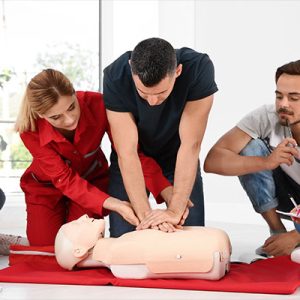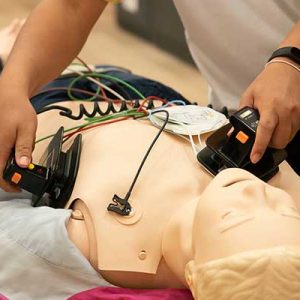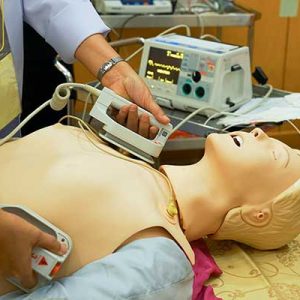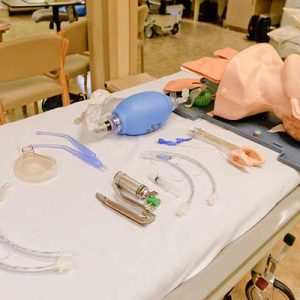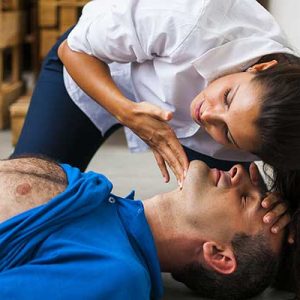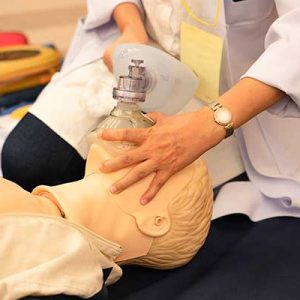CPR is a skill that gives you the ability to potentially save a life in an emergency situation, and it’s certainly one of the most valuable skills that a person can learn. While learning CPR is something that requires expert, hands-on instructions, the steps of CPR is still something that everyone should know. In an emergency scenario where no one who is CPR certified is present, knowing the CPR steps can still enable you to at least make an attempt to save someone’s life. With that in mind, here are the essential steps of CPR that everyone should know.

Step#1: Check the Scene and Person
If you believe that you are witnessing a medical emergency, your first step should be to confirm that the scene is safe and it is okay for you to approach the patient. Next, you will want to confirm that the patient does, in fact, require emergency assistance.
Step #2: Call 911
CPR isn’t a substitute for emergency medical care, and it’s essential to ensure that you get an ambulance on the way as quickly as possible by calling 911 as soon as you have confirmed that you are, in fact, dealing with a medical emergency.
Step #3: Open the Airway
Place the patient on their back then tilt their head backwards to open up their airway. This will make it easier to check for breathing in the next step.
Step #4: Check for Breathing
Place your ear next to the patient’s mouth and listen for breathing. It’s important to note that the occasional gasp does not count as breathing. If the patient isn’t breathing, you will want to begin administering CPR.
Step #5: Perform Chest Compressions
When performing chest compressions, it’s essential to push hard and push fast. You will want to perform chest compressions that are at least two inches deep and deliver them at a rate of around one hundred compressions per minute.
Step #6: Deliver Rescue Breaths
With the patient’s head tilted back and their chin lifted, pinch their nose shut using your fingers then place your mouth over theirs, creating a tight seal. Exhale hard into the patient’s mouth so as to fill their lungs with air and watch for the rising of their chest. Note that if the patient’s chest doesn’t rise with each rescue breath then their airway may be obstructed.
Step #7: Repeat the Process
Repeat steps, #4, #5, and #6 until the patient shows signs of life or until professional medical help arrives.
Become CPR Certified
-
Heartsaver First Aid and CPR$85.00
-
ECG$85.00
-
PALS Skills Only$99.00
-
PALS Recertification$149.00
-
PALS Provider$175.00
-
BLS Skills Only / HeartCode BLS$55.00
-
BLS Healthcare Provider$65.00
-
ACLS Heartcode$260.00
-
ACLS Skills Only$99.00
While useful, knowing the steps of CPR is certainly no substitute for becoming CPR certified. If you would like to receive expert, hands-on instruction on how to administer CPR in an environment that is designed to help you master crucial life-saving skills, take one of our CPR classes that we offer: Heartsaver first aid certification, Heartsaver CPR AED, Heartsaver First Aid CPR AED, or Heartsaver Pediatric First Aid. To learn more about the wide range of high-quality CPR certification classes that we offer at EA Certs, be sure to contact us today.


